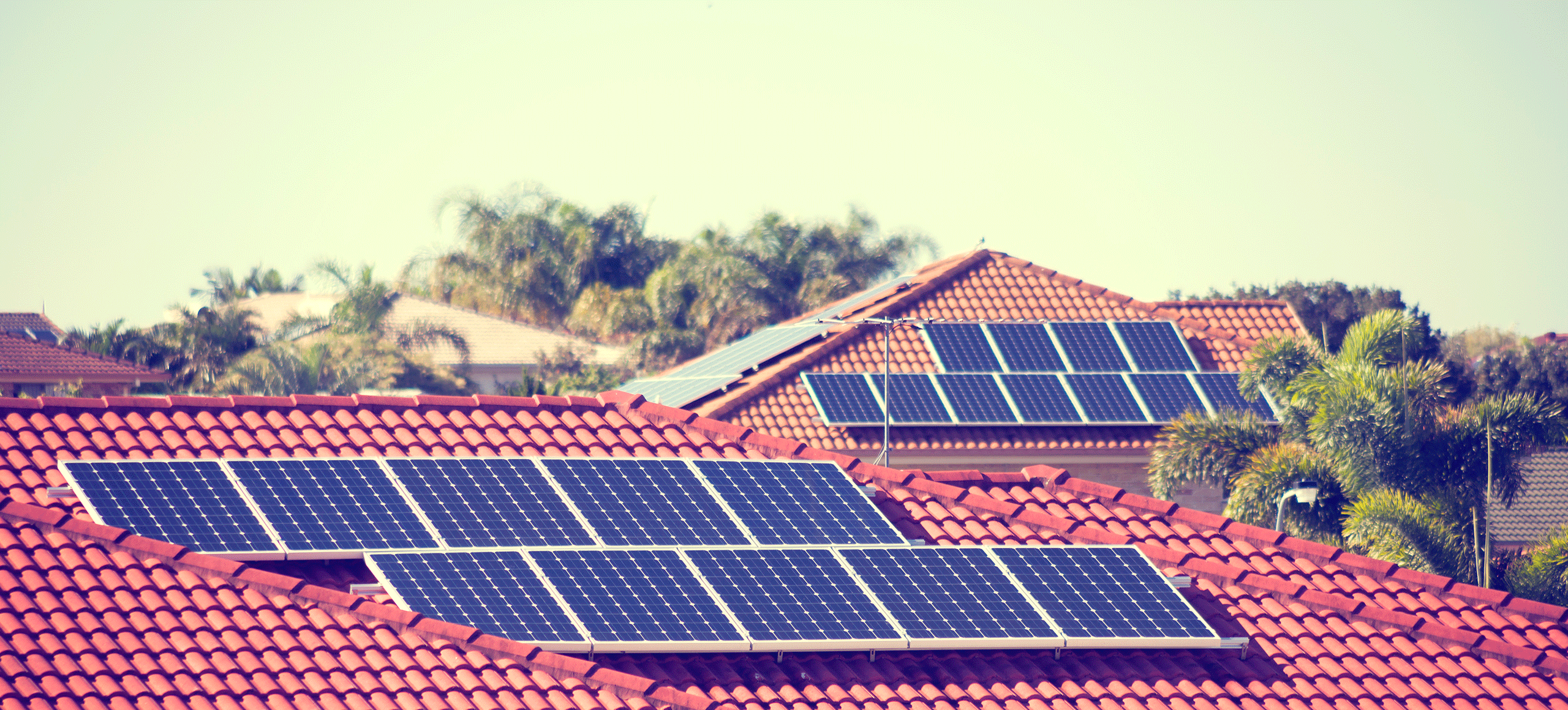You may have heard it called on-site generation or decentralized generation, but it’s all the same. Distributed generation describes the generation of electricity for use on-site, like solar panels on your roof. It’s the opposite of transmitting energy over the electric grid from a large, centralized facility (like coal or natural gas). By generating electricity in smaller amounts closer to where it’s being used, efficiency and resiliency go up as pollution and grid reliability go down.
The Benefits of Distributed Generation
Distributed Generation is reliable. In an age of even more powerful storms due to climate change, flooding, downed trees, and broken wires, there are increasing threats to the power grid. With distributed generation, Texans can provide at least part of their power right at their own home or business. On-site generation (typically solar) can ensure that even in the worst electricity grid failures, access to power continues.
Distributed Generation can be more flexible. The challenge with building a power plant that provides power to millions of people is that it costs billions of dollars. After making such an investment, a company or government is not going to quickly decommission it. As a result, the adoption of new, more efficient (and potentially cleaner) technologies can be delayed. Distributed, smaller investments allow for more rapid incorporation of new technologies into our generation mix.
Distributed Generation avoids inefficiencies of transport. Transporting electricity long distances through transmission and distribution is how we connect population centers to energy generation sources. But to transport electricity results in a loss of electricity. The US Energy Information Agency (US EIA) estimates that between 2015 and 2019, 5% of all electricity generated in the US was lost in transmission and distribution. If the power source is right next to the person or company using it, this loss is eliminated.*
Distributed Generation supports diversity of generation. Just like a stock portfolio, diversification is important to ensure energy performance in all types of weather. The more that all power generation is reliant on singular technologies, or geographical locations, the more fragile the system. In February 2021, gas shortages became the culprit in Texas. If we are reliant on a single generation location, this becomes an even greater failure risk.
Distributed Generation can allow us to get the most value of our energy generated. When it comes to fossil fuels, only about 40% of the energy created is electrical energy – the other 60% is heat energy, which is often inefficiently wasted. This heat can be put toward district heating, heating systems in large buildings, processing water, or producing steam. This concept is often referred to as cogeneration or combined heat and power (CHP). While these technologies still rely on fossil fuels, they can ensure maximum use of the fuels being consumed.
Distributed Generation can be cost-effective. Depending on the geography, and the cost of traditional grid power, distributed generation – and particularly rooftop solar – can be a smart economic decision. The cost of installing solar continues to fall as solar panel costs have dropped dramatically in previous years, and non-panel/installation costs (called balance of system costs) have also become more efficient.
The future likely still has a place for centralized energy generation, as it can create cost advantages through scale, but there is a wide spectrum between huge multi-gigawatt power plants and single home rooftop solar. As the cost of maintaining power plants decreases (particularly solar and wind power plants), and the cost of maintaining transmission and distribution wires does not equally decrease, incentives to build more distributed generation increase.
Per the Solar Energy Industries Association (SEIA), the United States reached 1 million rooftop solar installations in 2016, some 40 years after the initial installation. After just 3 more years, in 2019, the United States crossed 2 million rooftop solar installations. The US is forecast to cross 3 million in 2021, and 4 million in 2022.
In 2021, SEIA reported that Texas had more than 900,000 solar homes (about 8% of the total housing units in the state), making it second only to California. And Texas is one of the fastest-growing solar states in the country.
To support this growth of a distributed generation, and rooftop solar, Rhythm offers industry-leading Solar Buyback Plans, which ensure our customers are compensated for their generation, helping offset their bills.
Rhythm believes Texas becomes stronger with the increasing deployment of renewable and distributed generation. It’s why, we offer our customers awesome renewable energy plans that combine a great deal with the opportunity to make sure all energy consumed – whether from their rooftop panels or from the grid – supports renewable energy.
*Source: eia.gov/tools/faqs/faq




